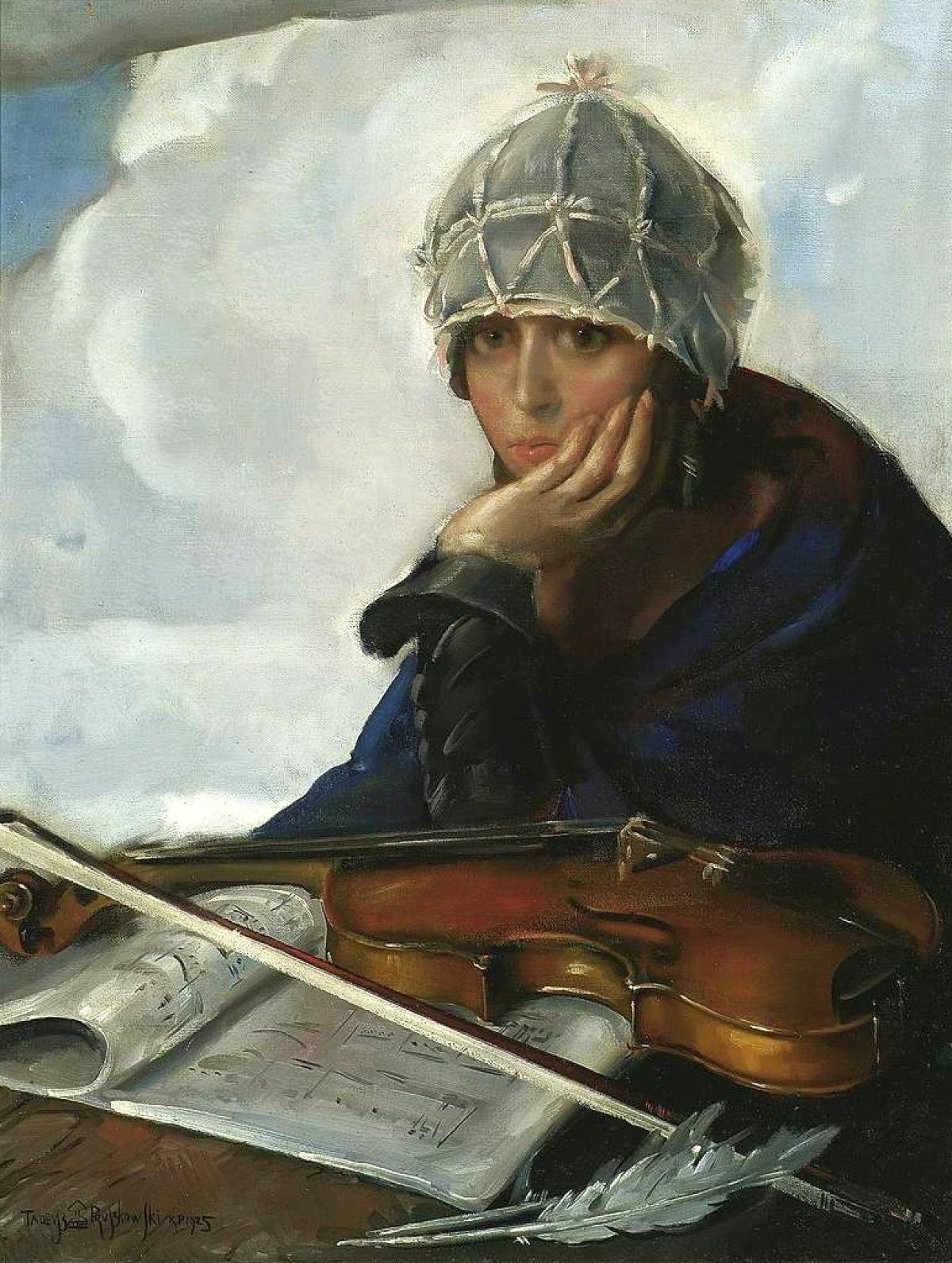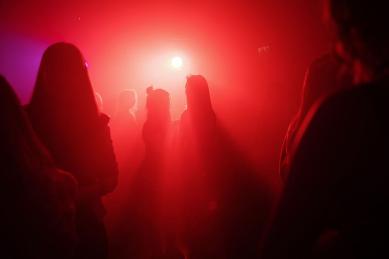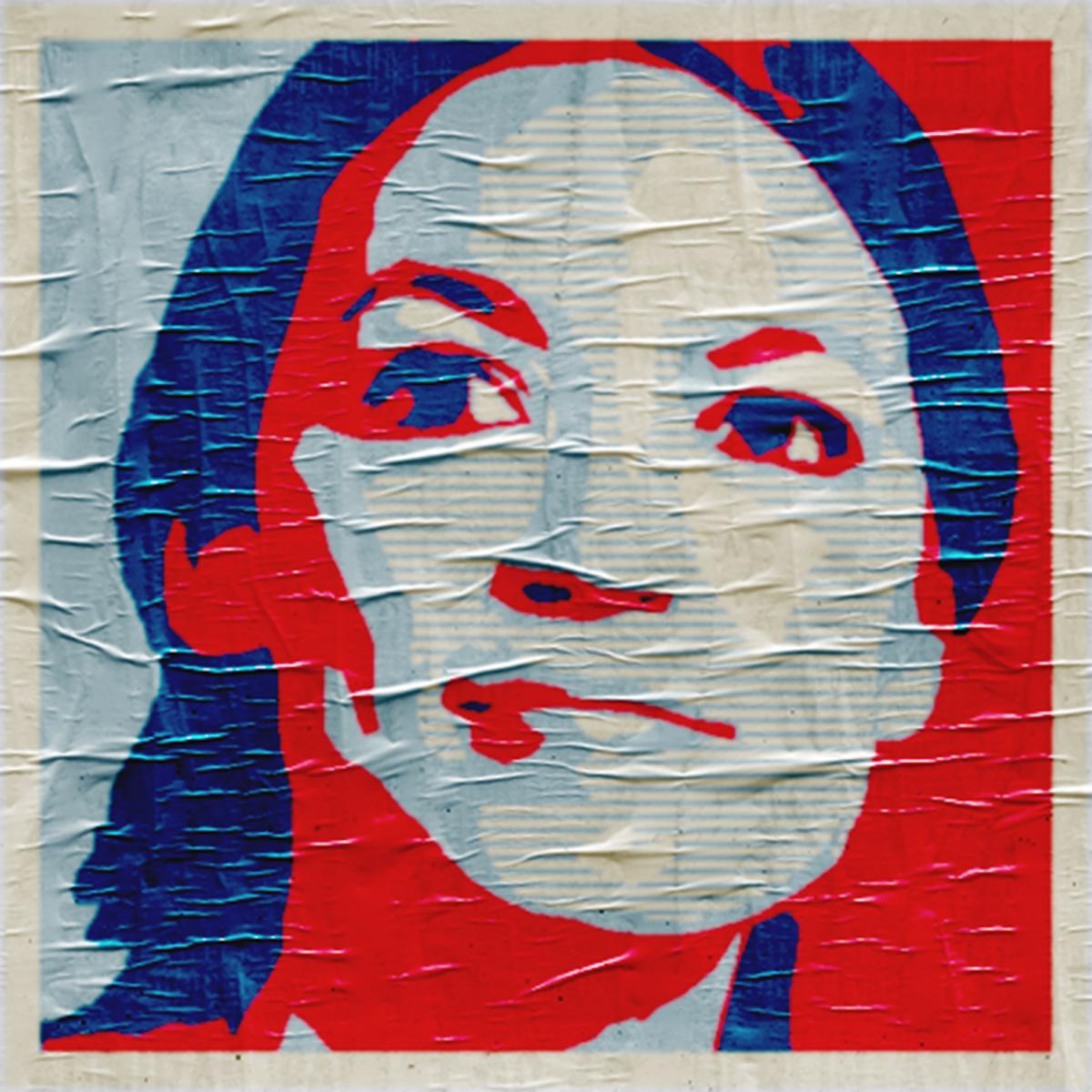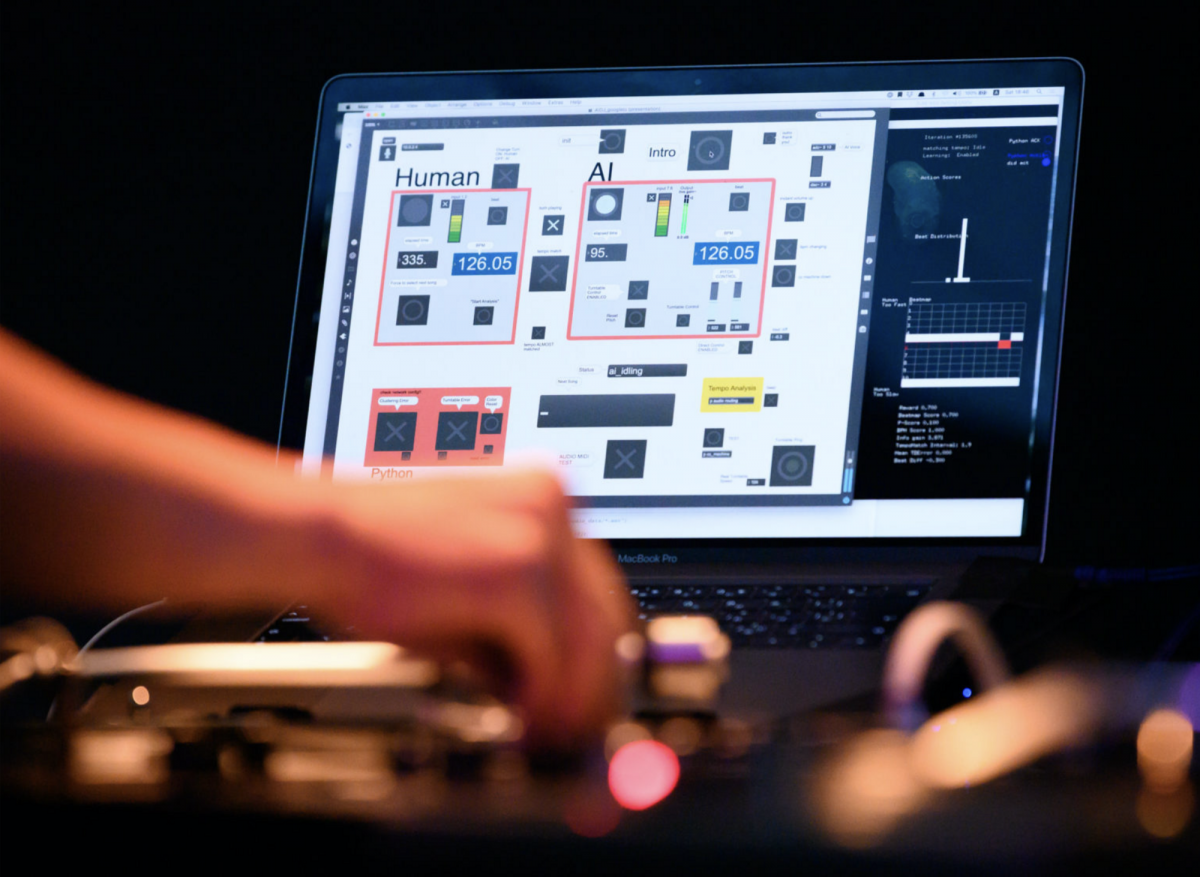
Sounding the Afterglow
Can music production portray nuanced, complex subjectivities relating to reminiscence and retrospection? In a detailed examination of his track «22 – 122», Guy Baron shows how a musical interpretation of an «afterglow» can be made with audio processing and sampling techniques. By offering a radically prolonged and re-imagined impression of a past, he asks how such interpretation challenges conceptions of temporality.
The track «22 – 122» forms part of my creative, practice-based inquiry into the notion of «afterglow» – a term that refers to a belated, yearnful impression of past pleasurable experiences. Using a range of compositional strategies and time-based, audio processing effects, I attempt to establish a musical aesthetic that interprets the idea of an afterglow, and employ techniques of excessive time-stretching, as well as phasing and delay, on a select set of audio samples that contain characteristic motifs of dance music.
Embracing the Ambivalence of Nostalgia
The term afterglow has been previously used in studies of dance music culture to describe the period following the end of a dance party. Simon Reynolds (1998), for example, associates the term with a secondary – and less intense – drug-induced euphoric sensation that occurs during that time, whilst Malbon (1999) further asserts that an afterglow often embodies a sense of reflection.
I hereby employ the term afterglow to describe a unique, reflective, and retrospective prism through which certain yearned-for experiences are recollected, and look into ways in which it can be realized as a musical aesthetic. Drawing on Boym’s (2001) conception of «reflective nostalgia», which embraces the very ambivalences of nostalgic desires, I regard this afterglow as a dynamic and playful sensibility, from which my creative approach emerges.

An Overstretched Experience
«22 – 122» attempts to articulate this distinctive type of retrospection through music production practice. This musical piece was conceived through experimentation with different production techniques, using the music software Ableton Live and its built-in tools. To begin, I preselected two short audio samples, each containing one stripped-down element of electronic dance music, namely a synthesizer, pad-chord progression, and a percussive drum loop. I then excessively slowed-down the tempo of the samples from 122 to 22 beats per minute and looped these while using Ableton Live’s time-warp, granular synthesis-based capabilities, which enable the elongation (and abbreviation) of audio samples in sync with the overall tempo of the project yet without affecting their pitch.
Additionally, I have modulated the samples by applying a manually-programmed phaser effect that creates a cyclic, sweeping responses through peaks in the frequency spectrum, as well as delays and equalizer effects that introduce repetitions in the audio and affect the frequency mix respectively. The protraction of the audio samples alters their timbre and breaks down their materiality, resulting in the emergence of new patterns (further emphasized by the modulation effects) that in turn introduce new meanings and associations. Through lengthening and stretching the duration of the samples, I aspired to symbolically portray a yearning to extend – and a refusal to let go of – certain memories and sensations, whilst further using delay effects to metaphorically depict a lingering residue of an actual experience.
Disruptive Escapism
The techniques described above could also be interpreted as embodying an act of challenging and rejecting linear temporality and a call for a decelerated and regressive mode of engagement. The phasing effect in particular, with which I have created reoccurring modulations in the frequency range, produces an auditory illusion of a constant glissando and reinforces the conceptual idea of an eternal, never-resolving experience.
The sampled source material in «22 – 122» becomes fluid and malleable, resembling the constant shifting and transformation of re-evoked memories. By distorting and mutating the samples, the piece obfuscates their referentiality and puts forward their very obscurity, engendering a virtual environment that favors fantasy and romanticization over actual recollection of concrete memories. It is at once escapist and disruptive.
Engaging in this exploration enabled me to devise different ways of thinking about notions of temporality and retrospection through the lens of music production. The notion of afterglow in particular has revealed itself as complex and nuanced – similarly to the very sonic elements and subtleties with which I have attempted to portray it. Harnessing music production tools can thus enable us to develop creative strategies for articulating and interpreting such conceptual ideas, whilst shedding light on their intricacies.
List of References
This article is part of Norient’s online publication Sampling Politics Today, published in 2020 as part of the research project «Glocal Sounds – Re-Working and Re-Coding Place References» (No. 162797), funded by the Swiss National Science Foundation (SNSF) and supported by the Bern University of the Arts HKB.
Bibliographic Record: Baron, Guy. 2020. «Sounding the Afterglow». In Sampling Politics Today, edited by Hannes Liechti, Thomas Burkhalter, and Philipp Rhensius (Norient Sound Series 1). Bern: Norient. DOI: 10.56513/nftg6449-20.
Biography
Published on September 24, 2020
Last updated on April 09, 2024
Topics
Sampling is political: about the use of chicken clucks or bomb sounds in current music.
From the music format «78 rpm», the melancholic echoes of a dubbed out rave night in London, and parodic mockings of «perfect house wifes» by female Nigerian pop musicians.
Why does a Kenyan producer of the instrumental style EDM add vocals to his tracks? This topic is about HOW things are done, not WHAT.
Special
Snap


